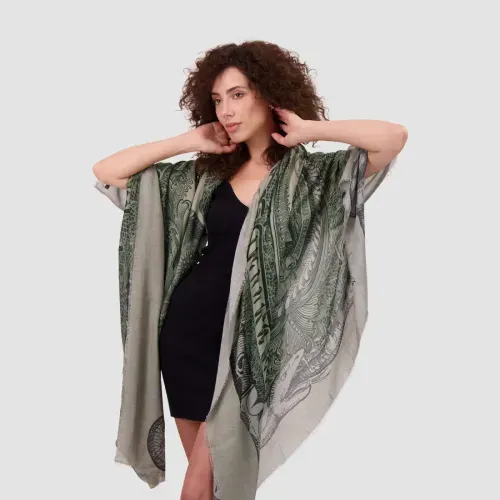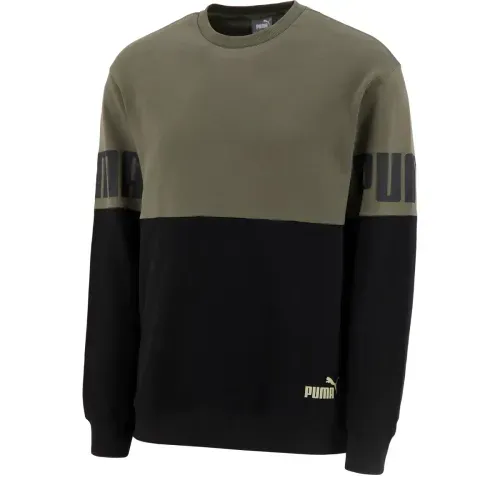Understanding Product Photographer Pricing
In today’s digital age, having high-quality images of your products is crucial for successful online sales. Whether you’re a small business owner or managing a large e-commerce site, the value of professional product photography cannot be overstated. However, understanding product photographer pricing can be a challenge, especially with the wide range of costs involved. In this article, we will break down the factors that influence the pricing of product photography services and provide insights to help you make informed decisions.
Factors Influencing Product Photographer Pricing
1. Experience and Expertise
The experience and expertise of a photographer significantly impact their pricing. Seasoned photographers with a robust portfolio and years of experience in product photography often charge higher rates. Their ability to deliver high-quality images consistently and their understanding of lighting, composition, and post-processing are key reasons for their premium rates.
2. Type of Product
The type of product being photographed also affects the cost. Products that require intricate detailing, such as jewelry or electronics, often necessitate specialized equipment and techniques, leading to higher prices. Conversely, simpler products like clothing or packaged goods may be less expensive to photograph.

3. Number of Products and Shots
The more products and the higher the number of shots required, the higher the cost. Photographers typically offer package deals for a specific number of products and images, but additional items or shots can increase the overall price.
4. Studio vs. On-Location Shoot
Shooting in a studio often provides controlled lighting and environment, which can be ideal for product photography. However, if you require on-location shoots, additional costs for travel, setup, and location fees may apply.
5. Image Usage Rights
The intended use of the photographs plays a crucial role in determining the cost. If you need exclusive usage rights for the images, expect to pay more. Standard pricing usually includes limited rights, such as usage on your website and social media, but extensive rights for advertising or print may incur extra charges.
Typical Pricing Models for Product Photography
1. Hourly Rates
Some photographers charge an hourly rate, which can range from $100 to $500 or more, depending on their experience and the complexity of the shoot. This model is often used for small projects or clients who need a few high-quality images.
2. Per-Product Pricing
For e-commerce businesses with a large number of products, per-product pricing can be more cost-effective. Rates can vary widely, from $20 to $150 per product, depending on the factors mentioned earlier.
3. Package Deals
Many photographers offer package deals that include a set number of products and images. These packages often provide better value for businesses with consistent photography needs. Prices for packages can range from $500 to $5000 or more.
4. Retainer Agreements
For ongoing photography needs, some businesses enter into retainer agreements with photographers. This arrangement typically involves a monthly fee in exchange for a set number of photos or shoots, ensuring consistent and timely delivery of images.
Additional Costs to Consider
1. Post-Processing and Editing
Post-processing is an essential part of product photography, enhancing the images to make them more appealing. This service may be included in the base price, but extensive editing or retouching can incur additional costs.
2. Props and Styling
Using props and styling products to create attractive setups can add to the overall cost. If your products require specific styling or props, discuss these needs with your photographer to understand any extra charges.
3. Rush Fees
If you need the photographs quickly, be prepared to pay a rush fee. Fast turnaround times often require photographers to prioritize your project, which can disrupt their schedule and justify the additional cost.
How to Choose the Right Product Photographer
1. Review Portfolios
Examine the portfolios of potential photographers to ensure their style matches your brand’s aesthetic. Look for consistency in quality and attention to detail.

2. Read Reviews and Testimonials
Customer reviews and testimonials can provide insights into a photographer’s professionalism, reliability, and quality of work. Look for feedback from clients with similar needs to yours.
3. Discuss Your Needs Clearly
Communicate your requirements and expectations clearly to the photographer. This includes the number of products, types of shots, preferred style, and any specific requests you may have.
4. Request Detailed Quotes
Ask for detailed quotes from multiple photographers to compare pricing and services. Ensure the quotes include all potential costs, such as post-processing, props, and travel fees, to avoid surprises later.
5. Evaluate Their Process
Understand the photographer’s process, including how they plan shoots, manage editing, and handle revisions. A well-organized process can lead to a smoother experience and better results.
Conclusion
Investing in professional product photography is a critical step for enhancing your brand’s image and driving sales. By understanding the factors that influence product photographer pricing and evaluating your specific needs, you can make an informed decision that aligns with your budget and business goals. High-quality images are a worthwhile investment that can significantly impact your online presence and customer engagement.
